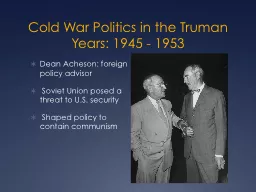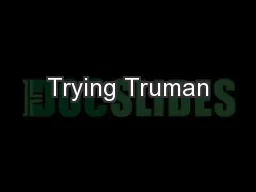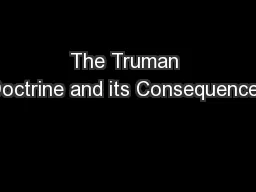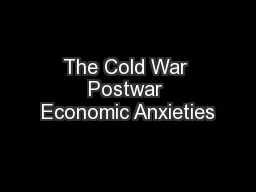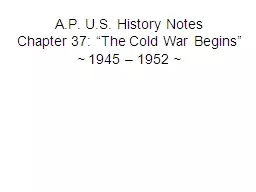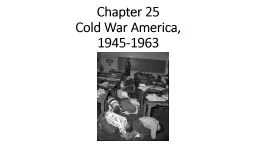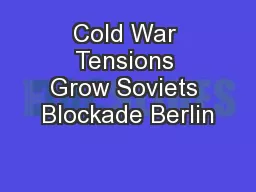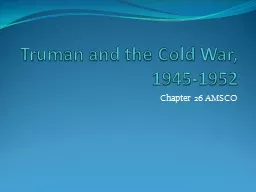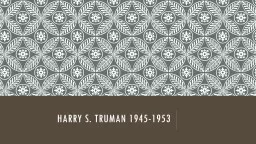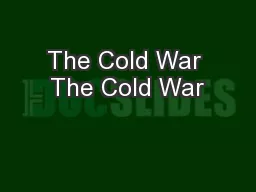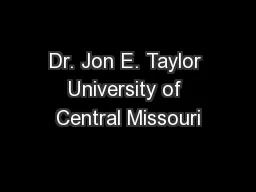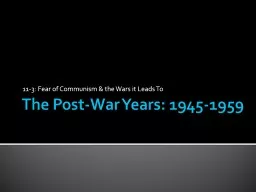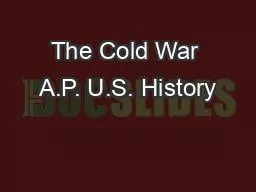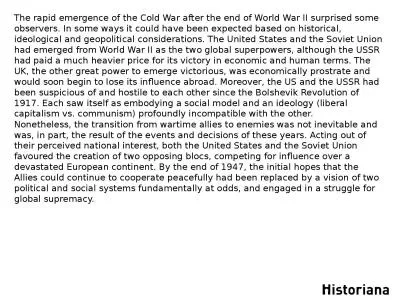PPT-Cold War Politics in the Truman Years: 1945 - 1953
Author : stefany-barnette | Published Date : 2016-11-18
Dean Acheson foreign policy advisor Soviet Union posed a threat to US security Shaped policy to contain communism The Chill Sets in Soviet Sacrifices 20million
Presentation Embed Code
Download Presentation
Download Presentation The PPT/PDF document "Cold War Politics in the Truman Years: 1..." is the property of its rightful owner. Permission is granted to download and print the materials on this website for personal, non-commercial use only, and to display it on your personal computer provided you do not modify the materials and that you retain all copyright notices contained in the materials. By downloading content from our website, you accept the terms of this agreement.
Cold War Politics in the Truman Years: 1945 - 1953: Transcript
Download Rules Of Document
"Cold War Politics in the Truman Years: 1945 - 1953"The content belongs to its owner. You may download and print it for personal use, without modification, and keep all copyright notices. By downloading, you agree to these terms.
Related Documents

